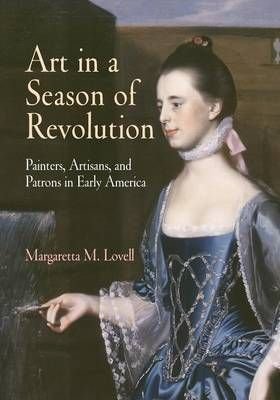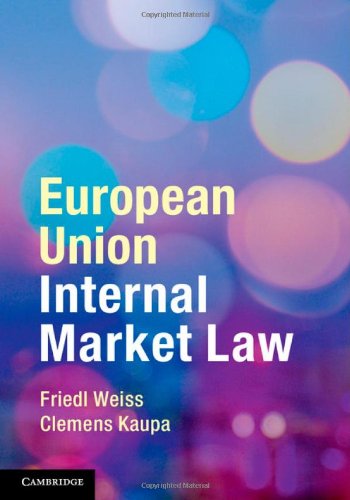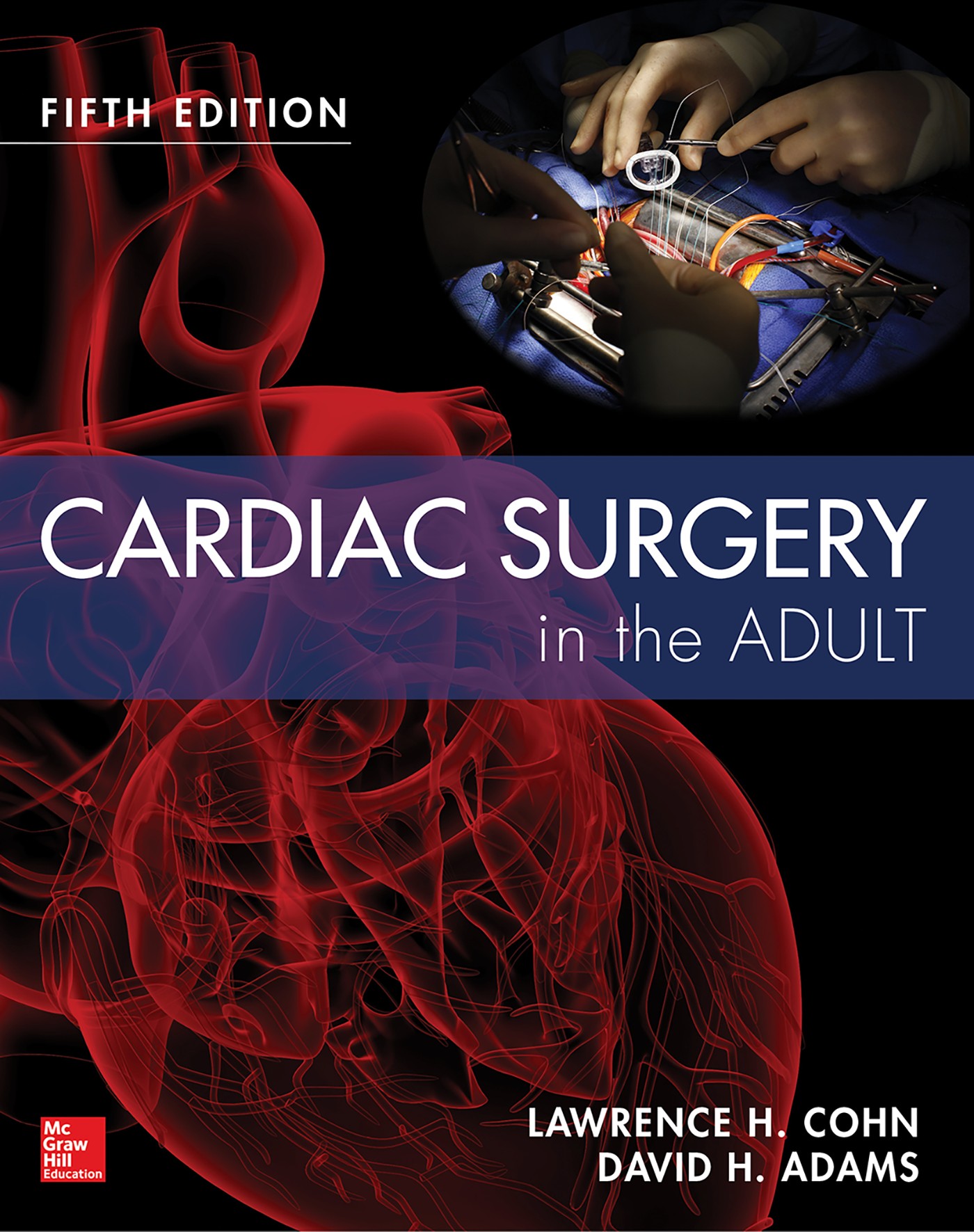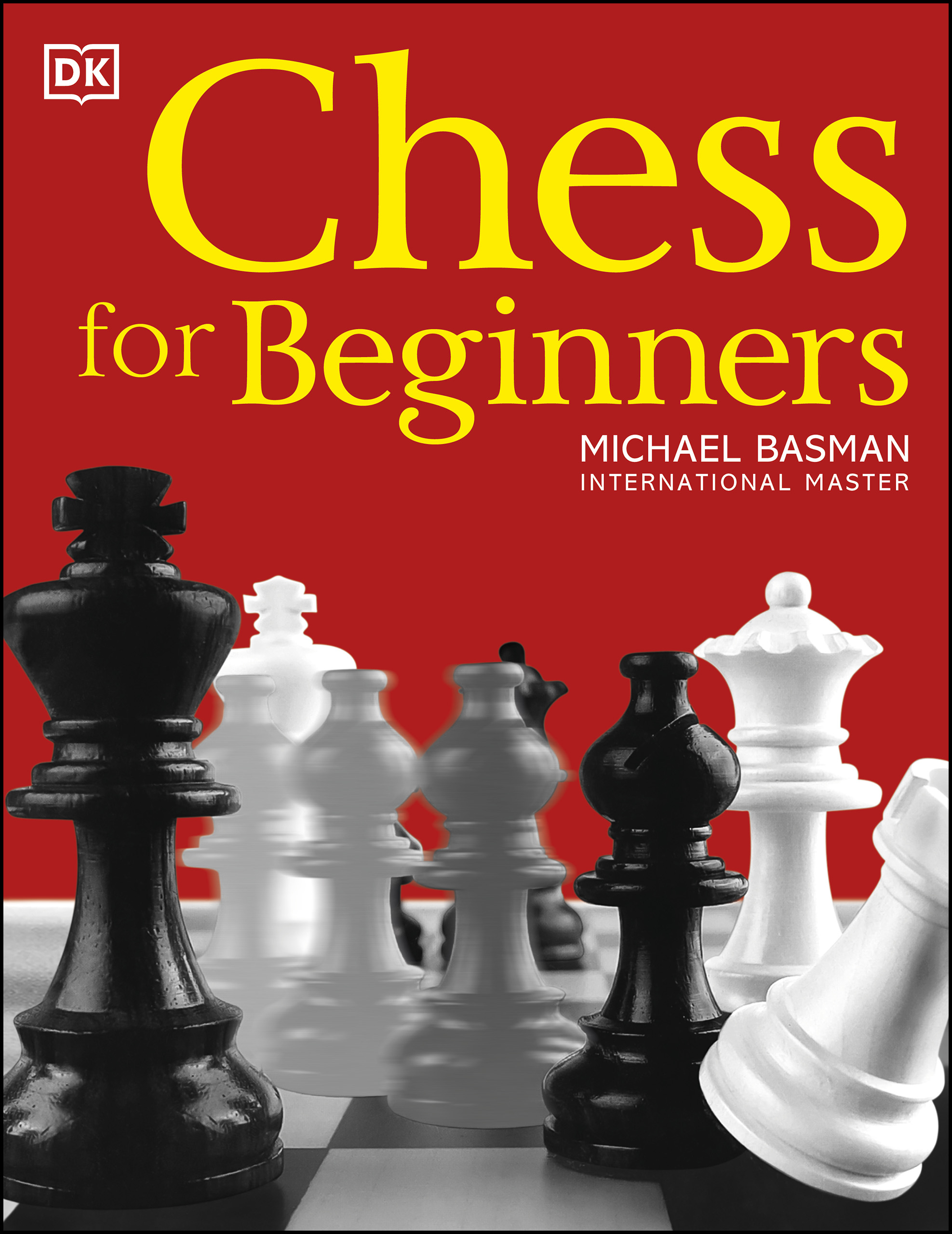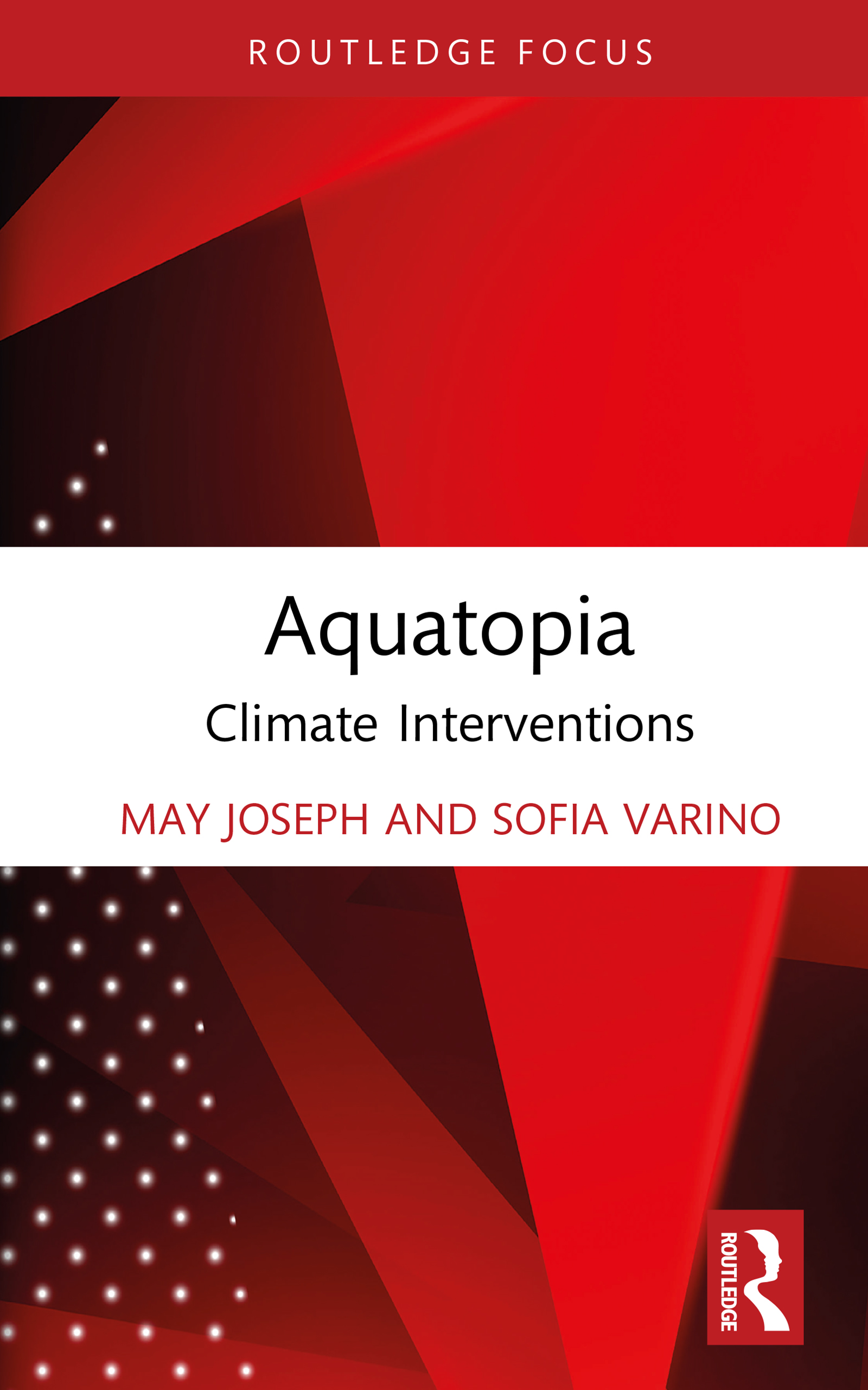Focusing on the rich heritage of art-making in the eighteenth century, this lushly illustrated book positions both well-known painters and unknown artisans within the framework of their economic lives, their families, and the geographies through which they moved as they created notable careers and memorable objects. In considering both painting and decorative arts simultaneously, Art in a Season of Revolution departs from standard practice and resituates painters as artisans. Moreover, it gives equal play to the lives of the makers and the lives of the objects, to studying both within the interdependent social and economic webs linking local and distant populations of workers, theorists, suppliers, and patrons throughout the mercantile Atlantic. Emphasizing maritime settlements such as Salem, Newport, and Boston and viewing them within the larger framework of the Atlantic world, Margaretta Lovell considers the ways eighteenth-century New England experience was conditioned by its source cultures and markets. Colonial material culture participated in a nonsubsistence international economy, deriving ideas, pigments, and conventions from abroad, and reexporting them in the effort to enlarge market opportunities or to establish artistic reputations in distant London. Exploring these and other key aspects of the aesthetic and social dimensions of the cultural landscape, Lovell concentrates on a cluster of central issues: the relevance of aesthetic production to social hierarchies; the nature and conditions of artisan career trajectories; the role of replication, imitation, and originality in the creation and marketing of art products; and the constituent elements of individual identity for the makers, for the patrons who were their subjects, and for the creations that were their objects. Art in a Season of Revolution illuminates the participation of pictures, objects, and makers in their cultures. It invites historians to look at the material world as a source of ev …
